Bank Lending - Why Banks Are Raising Lending Rates Despite RBI’s Rate Cuts
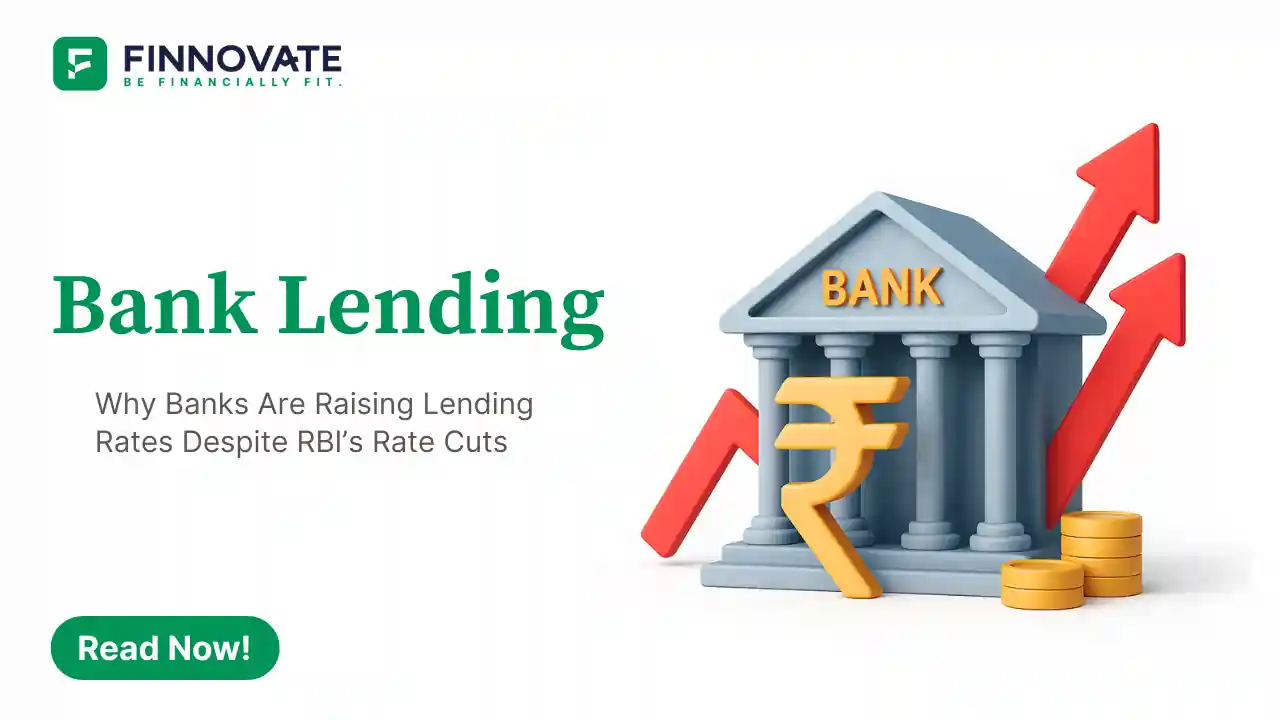
By

At a time when the Reserve Bank of India (RBI) has already cut repo rates by 100 basis points and signaled more cuts ahead, one would expect banks to lower their lending rates. Instead, several banks are planning to raise lending rates to protect their profit margins. Why this disconnect? Let’s break it down.
When the RBI cuts the repo rate, borrowing costs for banks fall immediately. Logically, banks should pass on this benefit to customers by reducing loan interest rates.
But the mechanism of how rate cuts flow through the system creates a mismatch:
This creates a situation where loan yields fall faster than deposit costs, compressing bank profitability.
One of the most important profitability metrics for banks is the Net Interest Margin (NIM) - the spread between the average loan rate and the average cost of funds.
To protect margins, banks are reluctant to cut lending rates further and are even contemplating hikes despite the RBI’s dovish stance.
Adding to the challenge, banks are in direct competition with mutual funds, which currently offer more attractive returns on short-term liquid funds, making it harder for banks to attract fresh deposits at lower rates.
For borrowers frustrated with rising lending costs, there’s historical context to consider.
Between 2022 and 2024, when repo rates were rising, banks enjoyed a golden run:
Yet, during this profitable period, few banks proactively reduced lending rates or shared these higher margins with borrowers. That’s why the current squeeze feels like a double standard - borrowers end up bearing the brunt both ways.
Ultimately, interest rates are also shaped by credit demand versus deposit supply.
The bigger question is about fairness. Should banks be allowed to shield profits at the cost of borrowers, even when the monetary policy is dovish? Or should the RBI intervene to ensure that the system remains equitable?
The divergence between RBI’s dovish policy and banks’ lending behavior highlights a structural challenge in India’s financial system.
The RBI may eventually step in with stricter transmission rules to ensure monetary policy benefits flow evenly to borrowers, depositors, and the economy at large.
Rising lending rates can impact not just your loans, but your overall financial plan.
Book a financial planning review call - we’ll keep it practical and aligned to your goals.
Disclaimer: This article is educational and not investment advice. For personal recommendations, consult a SEBI-registered Investment Adviser.
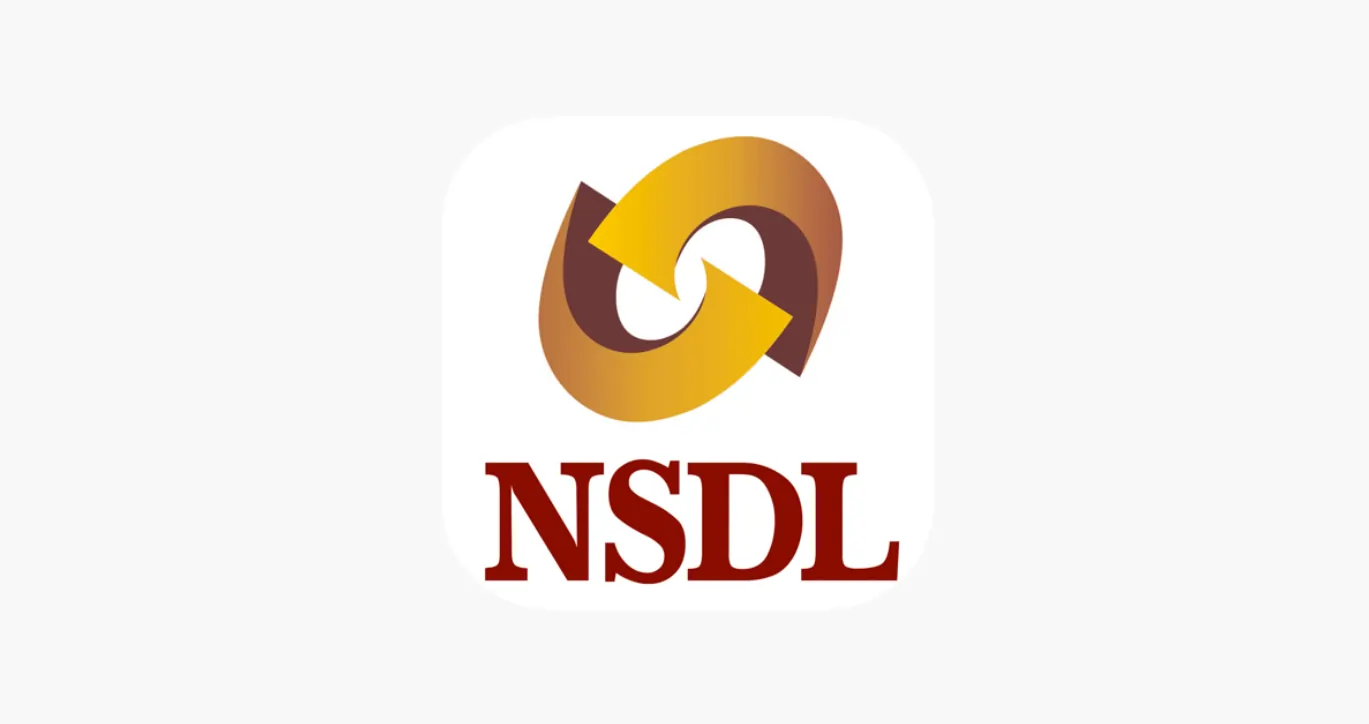
Learn how to easily download your NSDL CAS Statement in PDF format with our step-by-step guide. Follow our instructions to log in to NSDL e-Services, download your account statement, and subscribe for
Read Full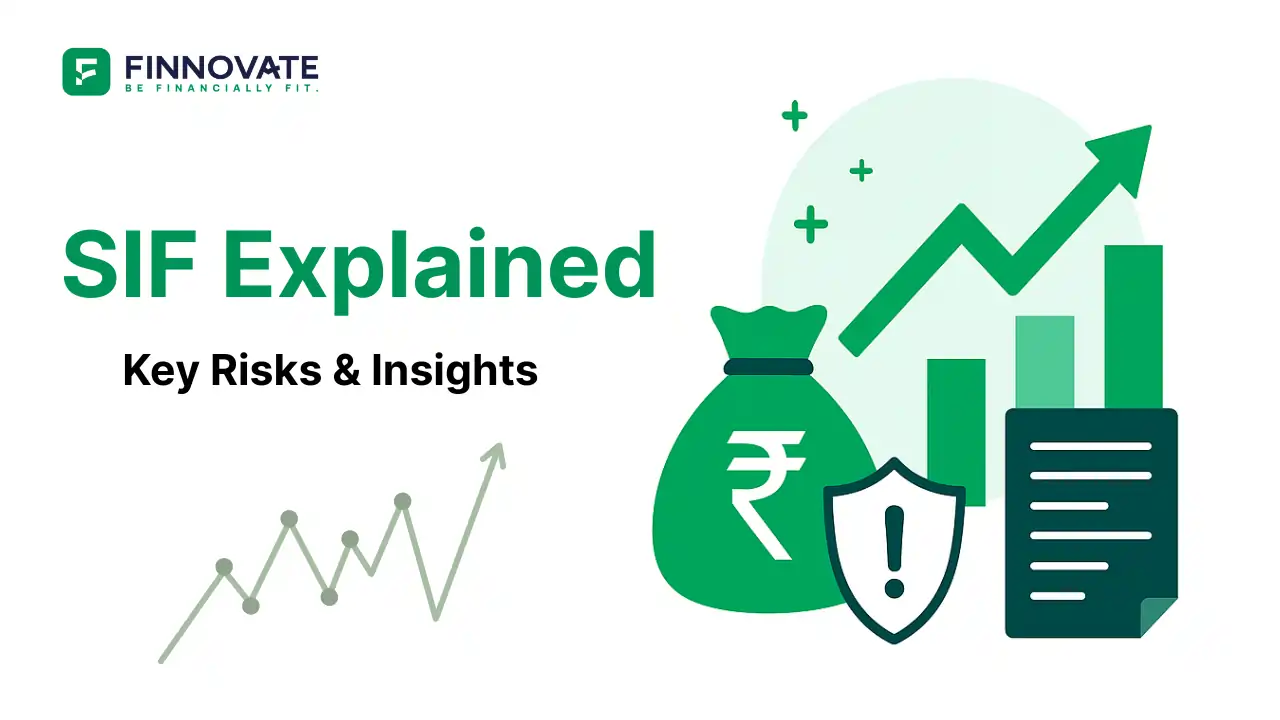
Explore what Specialised Investment Funds (SIFs) are, their benefits, taxation, minimum investment, how to invest, how they compare with mutual funds and PMS and latest developments in SIF space
Read Full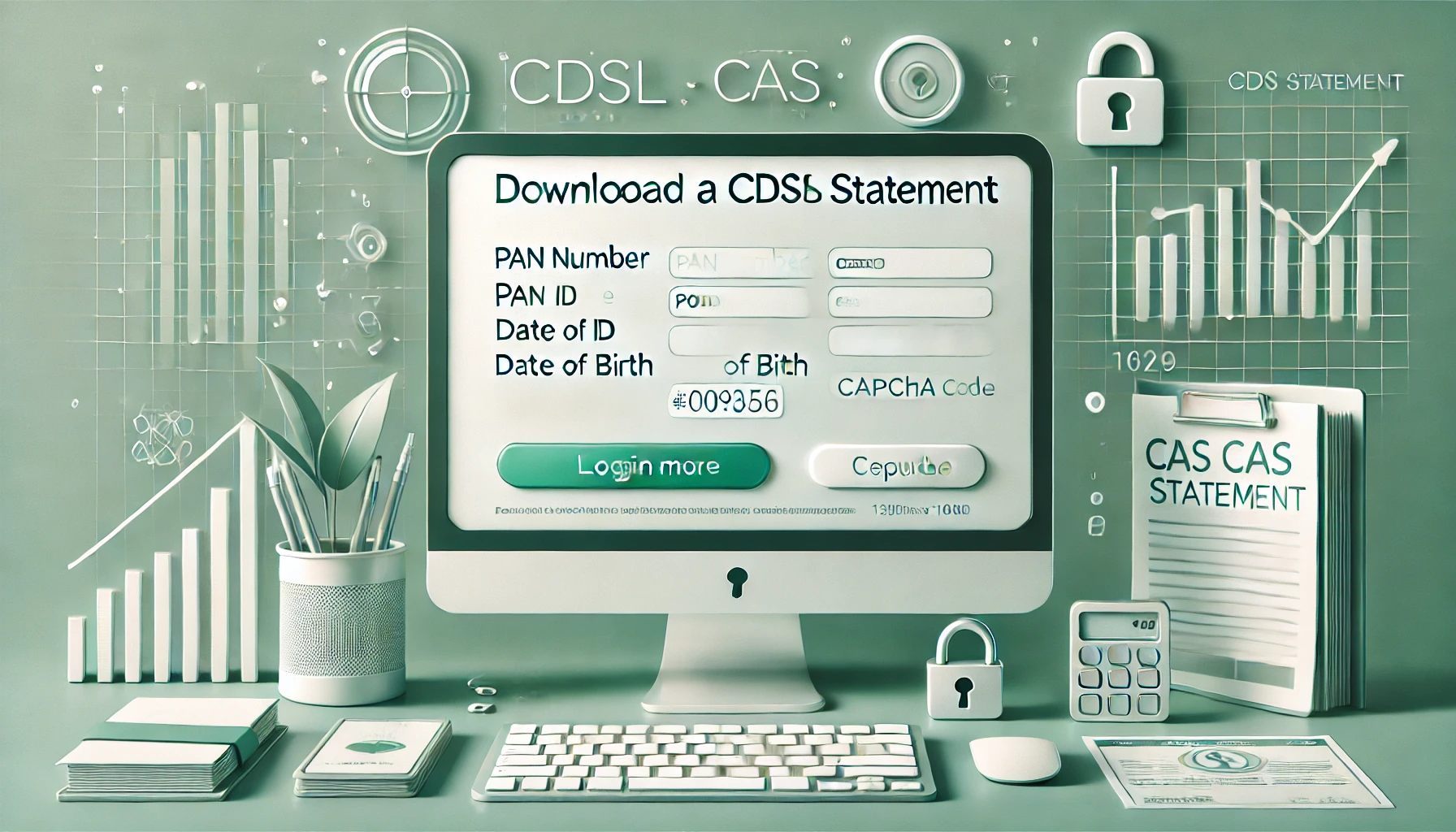
Learn How to Download Your CDSL CAS Statement with our step-by-step guide. Easy instructions for accessing your investment details online.
Read Full
Analyzing the potential economic impact of the 2025 India-Pakistan conflict on India's GDP growth, manufacturing sector, and foreign investment.
Read Full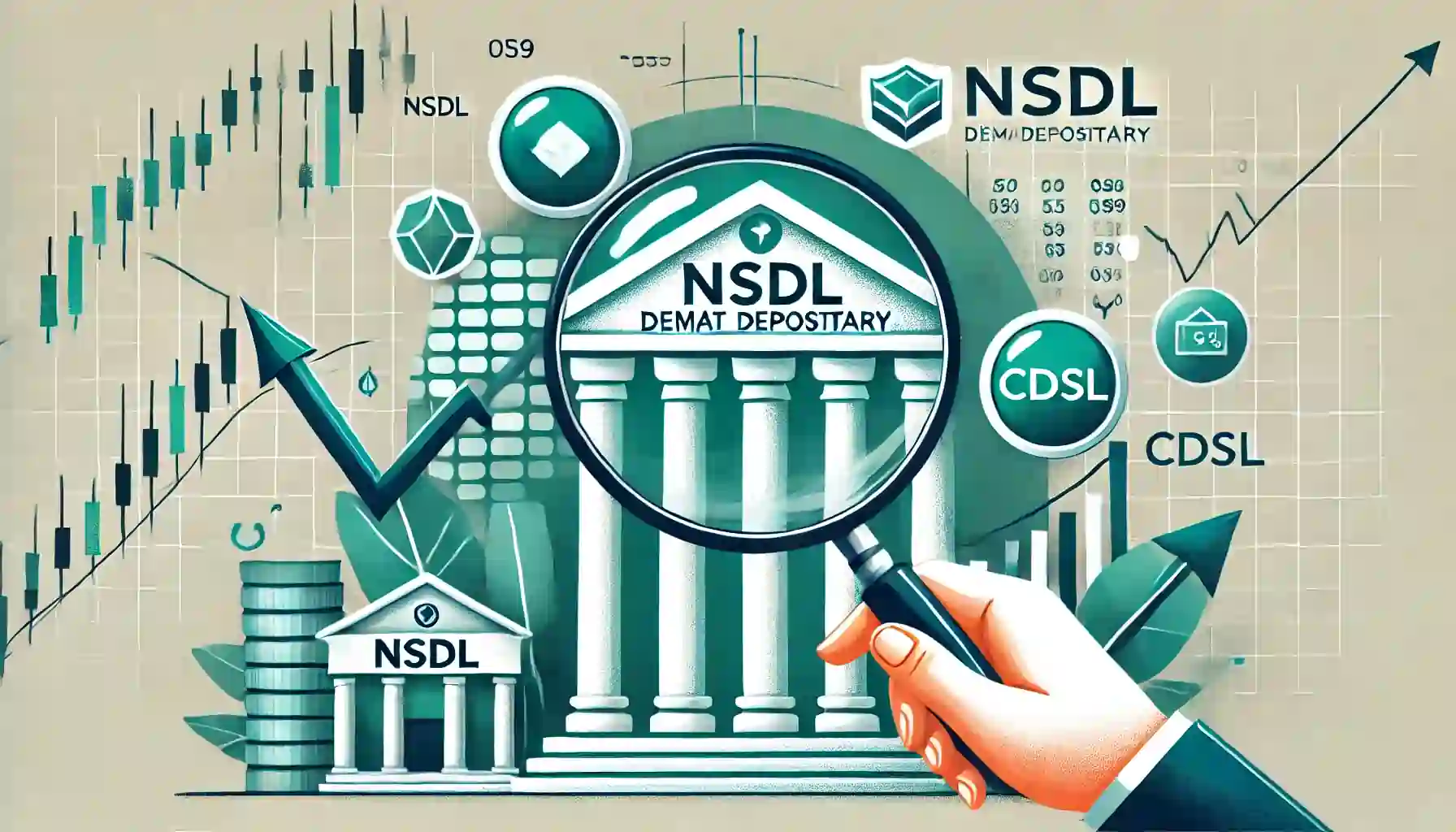
Determine if your Demat Depositary (DP) is NSDL or CDSL easily. Follow our guide to check using broking platforms or Demat account number formats
Read Full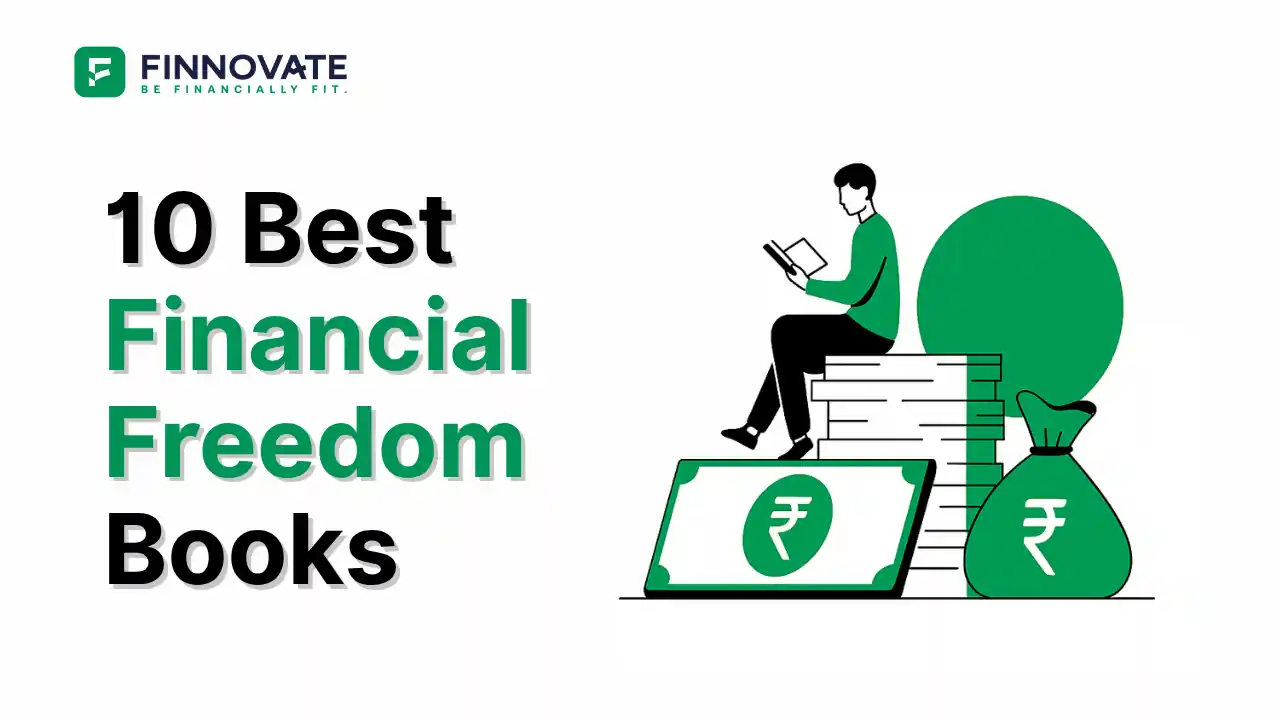
Looking for the best financial freedom books? Here’s a handpicked 2025 reading list with summaries, why to read, and who it's best for.
Read Full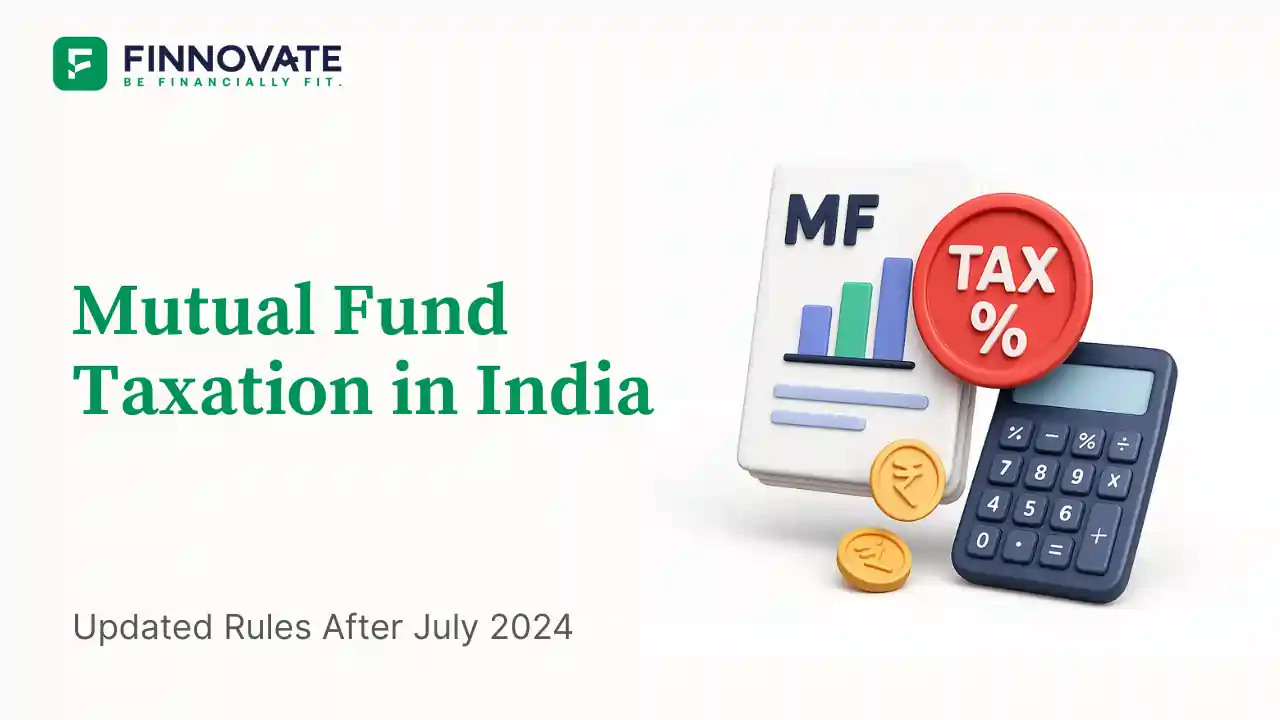
Clear guide to mutual fund taxation in India for FY 2025–26 after July 2024 changes: equity STCG 20%, LTCG 12.5% with ₹1.25L exemption, debt/hybrid rules, dividends, examples, tables, and FAQs.
Read Full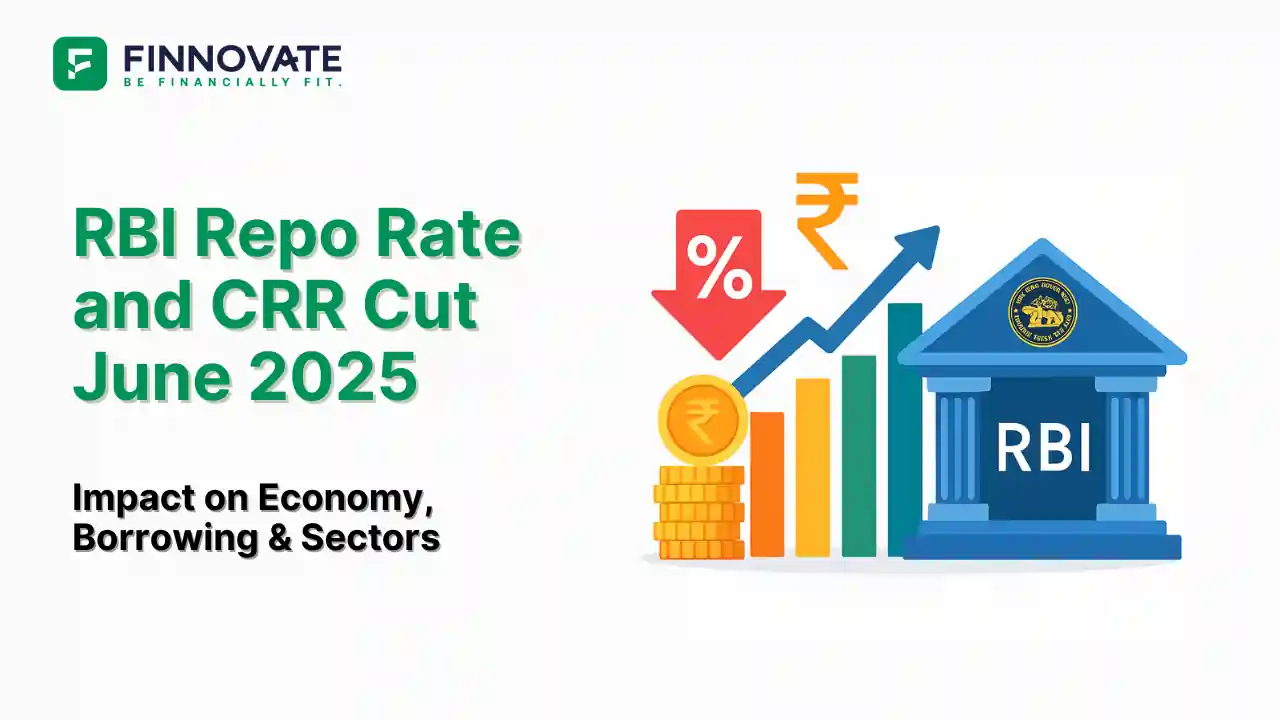
RBI cuts repo rate by 50 bps and CRR by 100 bps in June 2025 to boost growth. Learn how it impacts inflation, borrowing, sectors, and market trends.
Read Full